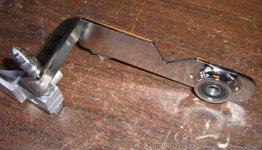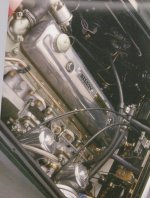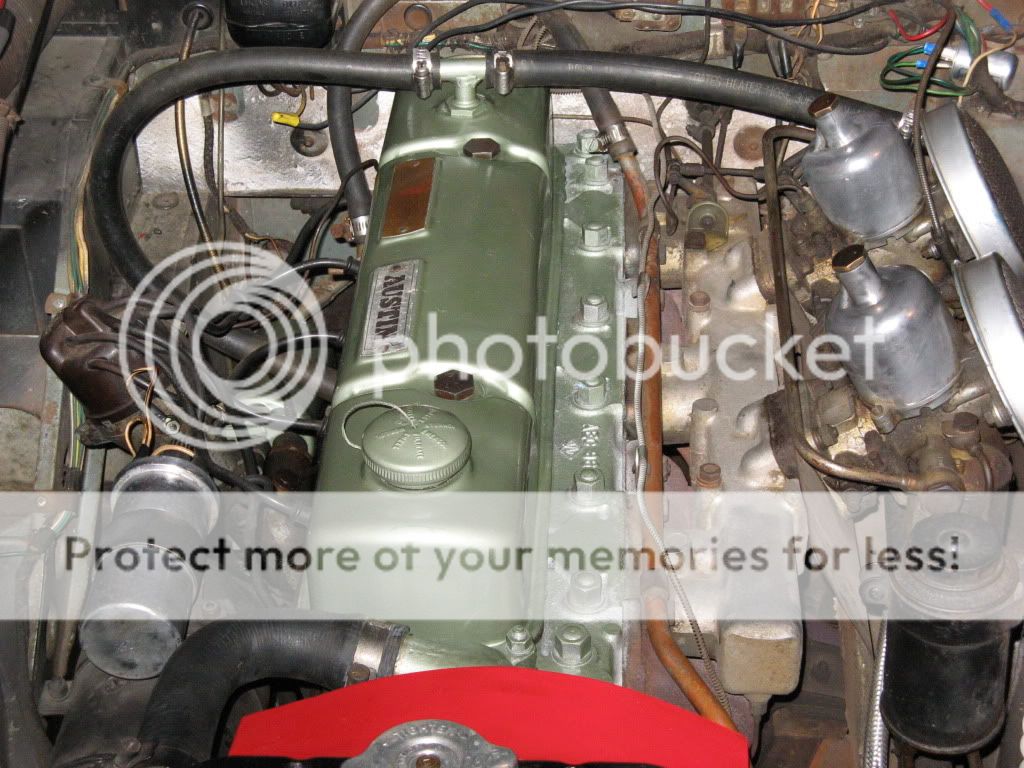GregW
Yoda
Offline
Yeah, it is a tad tricky. The biggest thing is the prep work. Pretty much any blemish will show through the plating so you have to get the parent surface smooth. If you only plan to plate the rusty nuts you have, I would just buy new fasteners. If you have more parts or you like to do that kinda thing, then by all means have at it. I have Caswell's Nickel kit and bought a 10 Amp power supply. The power supplies can get expensive. Down in the tool section of the forum, there are a couple threads about the Caswell kits. HERE is one. Also Caswell is a supporting vendor here, so you can get to there site from the supporting vendors link on the left pane.AH_3000 said:- have you heard about someone having tested Caswell with a good result? I looked at their demo video, and it looked a little tricky, but OK.
P.S. Here is a part I plated from Caswell's nickel kit. It is for the cable linkage on the carbs.

 Hi Guest!
Hi Guest!

 smilie in place of the real @
smilie in place of the real @
 Pretty Please - add it to our Events forum(s) and add to the calendar! >>
Pretty Please - add it to our Events forum(s) and add to the calendar! >> 


